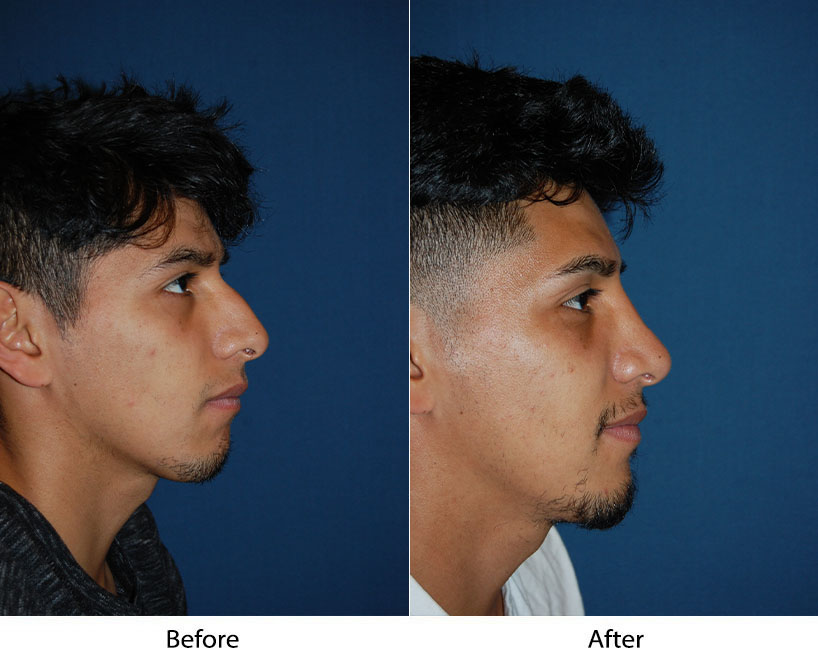The history of rhinoplasty
Rhinoplasty is one of the most common forms of plastic surgery, and it is also one of the oldest. The first nose jobs known to history were performed in India in the sixth century B.C., and involved reshaping skin from the cheek of the patient. In the sixteenth century, rhinoplasty became popular in Europe as a way to repair facial damage from war or syphilis. This procedure was performed by attaching a flap of skin from the upper arm to the nose. Unfortunately, the surgeon could not separate the skin from the arm until after it had grown onto the nose, which meant that the patient had to spent a fairly long time stuck in an uncomfortable position. In World War I, individualized metal masks were crafted to cover damaged or missing parts of the face, including the nose.
What all of these procedures had in common was that they were designed as a barely adequate response to major damage. Their goal was not so much to recapture the originial appearance of the nose — let alone improve on that appearance — as to allow the patient to have something more or less nose-shaped in the middle of his or her face.
Modern rhinoplasty is very different. Although it can serve a medical purpose, such as repairing a deviated septum that might cause sleep apnea, it is most often used to improve the look of a functioning nose with a dissatisfying appearance. The surgeon carefully reshapes the cartilage and bone under the skin, making incisions on the inside of the nose or in the skin between the nostrils to avoid any obvious sign that surgery has even happened. Sometimes a nose job is accompanied by a chin implant, to give balance to the face.
After surgery, there is a certain amount of swelling, a little bruising and maybe some temporary skin numbness. The bruising fades within a week to ten days, but the swelling can last for several weeks.
Charlotte’s most experienced rhinoplast surgeon
When choosing a rhinoplasty surgeon, you will want an experienced specialist who can give your nose a thorough examination inside and out to determine the best way to operate on it, and explain the details of the procedure. Using computers, the surgeon can help you show precisely how you want your nose to look at the end of the process. A sign of a good rhinoplasty surgeon is someone with a large gallery of before and after photographs of nose jobs.
The best rhinoplasty surgeon in Charlotte is Dr. M. Sean Freeman, who has been certified by two different boards of surgery. Since 1988 he has focused on facial plastic surgery, including rhinoplasty. If you live in the Charlotte area and are interested in a nose job, schedule your appointment or online consultation with the top rhinoplasty surgeon in Charlotte today.
Contact Dr. Sean Freeman at Only Faces, Charlotte’s most experienced rhinoplasty surgeon and top facial plastic surgeon, to schedule a consultation to find out what procedure is right for you. Call today.

